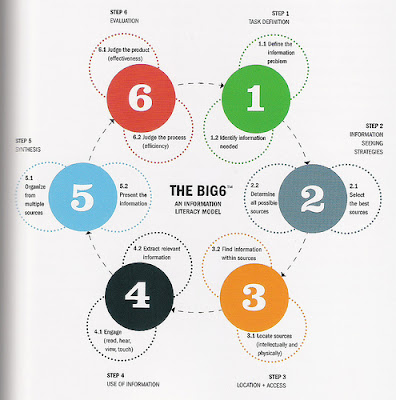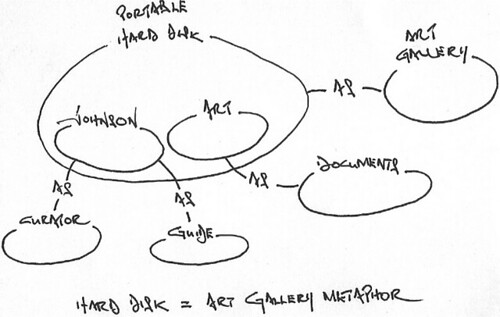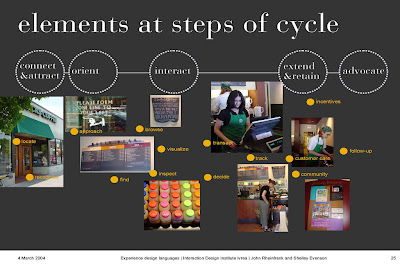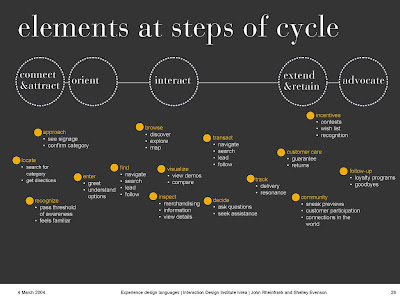What is high tech - high touch?
Sense from:
It is a human lens.
It is embracing technology that preserves our humanness and rejecting technology that intrudes upon it. It is recognizing that technology is an integral part of the evolution of culture, the creative product of our imaginations, our dreams and aspirations - and that the desire to create new technologies is fundamentally instinctive. But is also recognizing that art, story, play, religion, nature, and time are equal partners in the evolution of technology because they nourish the soul and fulfill its yearnings.
- It is expressing what it means to be human and employing technology fruitfully in that expression. It's appreciating life and accepting death.
- It is knowing when we should push back on technology, in our work and our lives, to affirm our humanity.
- It is understanding that technology zealots are as shortsighted as technology bashers.
- It is creating significant paths for our lives, without fear of new technology or fear of falling behind it.
- It is recognizing that at its best, technology supports and improves human life; at its worse, it alienates, isolates, distorts, and destroys.
- It is questioning what place technology should have in our lives and what place it should have in society.
- It is consciously choosing to employ technology when it adds value to human lives.
- It is learning how to live as human beings in a technologically dominated time.
- It is knowing when simulated experiences add value to human life.
- It is recognizing when to avoid the layers of distractions and distance technology affords us.
- It is recognizing when technology is not neutral.
- It is knowing when to unplug and when to plug in.
- It is appropriate human scale.
High tech - high touch is enjoying the fruits of technological advancements and having it truly sit well with our god, our church, or our spiritual beliefs. It is understanding technology through the human lens of play, time, religion, and art.












